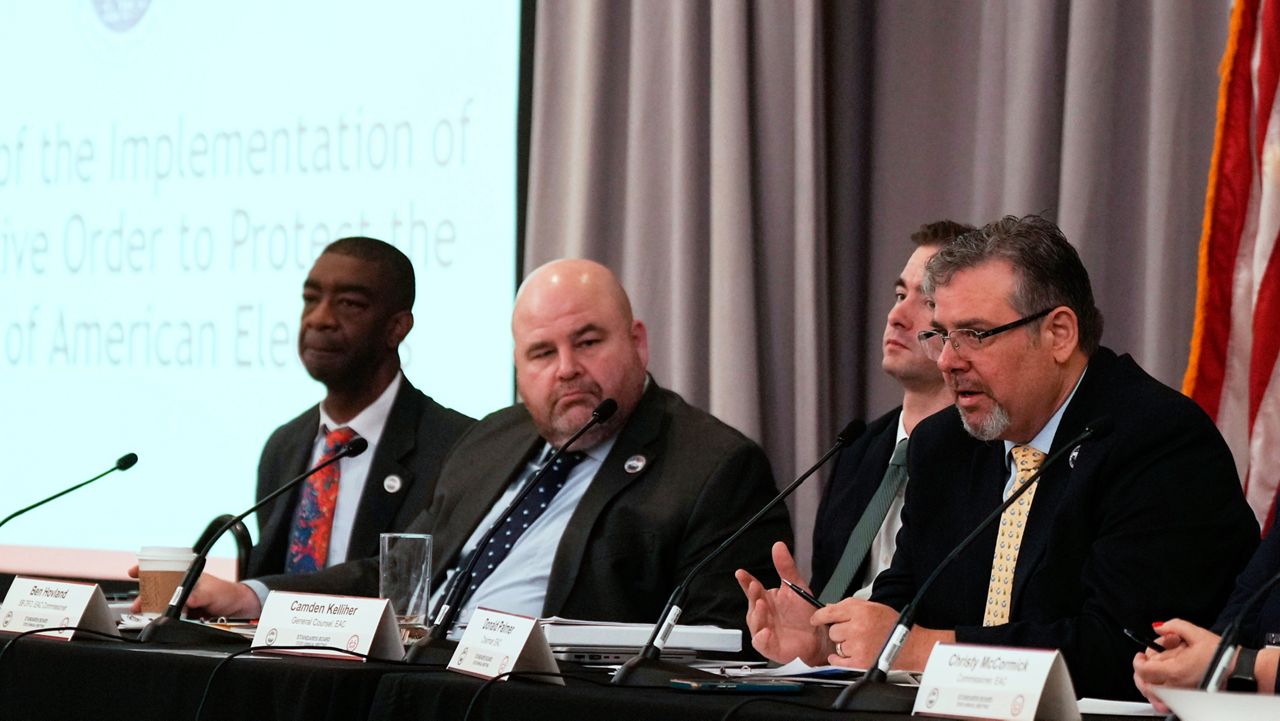SACRAMENTO, Calif. — Gov. Gavin Newsom continued his tour of counties that voted for President-elect Donald Trump by visiting Colusa County on Tuesday.
The focus of Newsom’s visit to the rural county was to highlight his administration’s efforts to create more jobs in the region and maintain the state’s water supply.
Newsom plans to visit 13 regions in California where his administration will make multimillion-dollar investments to boost economic development.
The governor’s California Jobs First Economic Blueprint is set to be released in January, along with $120 million in funding to support the creation of new jobs.
Lifelong Colusa resident Jeff Taylor shared he did not think Newsom’s visit to tout his jobs plan in the region was genuine.
“He talks about concerns when he knows our concerns and what he does is he addresses things with fancy words, he addresses them with all of these press conferences and really it’s just his way to press his agenda,” Taylor said.
The governor acknowledged Democrats need to do a better job at delivering results for rural Americans.
“I recognize people don’t think that we have their back and I recognize there’s a gap there,” Newsom said when asked about his efforts to reach rural voters.
Longtime Democratic strategist Steven Maviglio said this is one of the reasons Harris lost the swing states.
“People don’t realize it but Wisconsin, Pennsylvania, Michigan have a lot of rural voters and the Democrats have not done a pretty poor job at reaching out to them,” Maviglio noted.
Taylor, who voted for Trump, adds he doesn’t have much faith in Newsom’s economic plan making a difference in his life. However, he does think Trump will be able to strengthen the economy when he takes office.
“Trump will do what he says he’s going to do and he’ll make everything right. We know what it is, that’s why we voted him in. The whole issue is governors like Newsom will fight against his agenda and they’re not going to allow Trump’s will to go through, which is our will,” Taylor said.
Andrea Navarro, who’s lived in Colusa County for 20 years, believes it’s important that the governor visits rural regions to learn about the needs of those communities.
“I think it’s good that he’s in small communities so he can hear firsthand from people about what their issues are and what their recommendations are,” Navarro said.
Navarro said the economy is one of the top issues that impacts who gets her vote.
“Maybe No. 1 because we see it every day when we go to the grocery store and everything is more expensive than it was a year ago and you see things that cost almost twice as much," she said.
Funding for early childhood development and having access to clean and safe drinking water is another important issue for Navarro who lives in the community of Grimes, which has a population of 355, according to the U.S. Census Bureau.
“Having drinkable water — especially in this town. In Grimes, we have high levels of arsenic, so for us it’s very important that we continue to get funding and grants for drinkable water,” Navarro added.
Other Colusa County residents said water infrastructure and water supply were among their highest priorities.
Newsom said his administration has done more than any other to accelerate the Sites Reservoir Project, which will be located approximately 70 miles north of Sacramento.
Sites Reservoir is a $4.5 billion project that would capture and store excess stormwater. Once completed, it’s expected to be the largest new reservoir in 50 years.
Newsom emphasized the project is vital to maintaining California’s water supply during seasons of extreme drought. Newsom signed a streamlining law that reduces the project being delayed by CEQA litigation. The project is opposed by environmental groups who argue that filling the dam would divert too much water from the Sacramento River. Environmentalists say doing so would harm the area’s ecosystem and threaten some fish.
“We are going to continue to do everything we can to put the pressure on to get this project done,” the governor said at the news conference.
Newsom also announced the revamp of a website that tracks how California will spend $180 billion of state and federal funds for infrastructure projects over the next decade.













